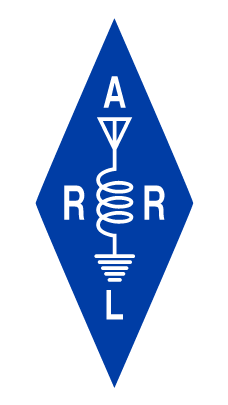Powerline RFI is of two types: Microgap (typical of residential areas) and corona discharge (higher voltage lines.) Microgap RFI is the most common. It occurs when components such as line connectors, lightning protection devices and transformers develop small gaps that cause a discharge on voltage peaks, e.g. every half cycle of the 60 Hertz AC on the lines, causing a 120 Hz discharge that appears as an approximately 8 millisecond spike on an audio spectrum scope. On AM, this is a buzzing sound, loudest at or near the fundamental 120 Hz frequency and getting progressively weaker as frequency increases. It is common to find more than one set of noise peaks 8 ms apart representing noise from multiple locations. As always, RFI noise will be strongest on those amateur bands where an antenna is resonant, e.g. 10/15/20 meters for a triband Yagi. Noting the azimuth headings where a particular set of peaks is strongest yields a clue as to the direction the noise is coming from. Another confirming factor for microgap RFI is the effect of weather on the noise. In wet weather the gaps fill in, frequently eliminating the noise until the lines dry out.
Powerline noise propagates along the lines making it challenging to locate at lower frequencies. As frequency increases and the harmonics get weaker, they don’t travel as far. This makes the tools that are useful:
- Some software and hardware that allows charting the noise while driving and localizing the noise to a pole
- A small directional loop that permits localizing the noise to an area
- A directional fixed antenna, like a Yagi (preferably more than one several miles apart) that permits drawing the line of strongest interference on a map or the intersection of these if more than one antenna is available
- A directional VHF/UHF antenna for tracking the noise to a specific power pole
- An ultrasonic dish that may verify what specific device on the pole is the source of the noise
Terrain in the area is also important. Earth is an excellent barrier to noise so power lines that are on the other side of a hill that shadows the affected station are not a likely source.
If the area contains power lines on private property more than one bearing is required to localize the area of interest before asking permission to hunt on private land. As always, do NOT trespass. The power company has the right to investigate its equipment but you DO NOT.
Once the source is identified, open a case with the power company and obtain a case number. Specify the pole by location and landmarks as pole numbers are not reliable. In the event that the noise is coming from a pole in an area where you are not a customer, it is helpful if you can work with someone who is a customer, perhaps another ham in your club.
Further information is included in the attached presentation.
